Many clinicians have experienced the frustration of being unable to anaesthetise a patient sufficiently despite trying various approaches or using a combination of amides. A variety of failures are known by specialists, for example, one spot in a tooth cannot be touched, everything is numb except the tooth, the last bit of caries cannot be removed without pain or intra-pulpal injection is the last option in the case of irreversible pulpitis, et cetera. Mandibular teeth are the most common teeth to be associated with the failing of anaesthesia and it is even more frustrating that it usually concerns the same patients, therefore the specialist tends to become nervous when the patient’s name appears in the appointment book once again.
The main problem with failing anaesthesia lies with the dental curriculum, because dental schools do not allocate enough time, lectures and practical sessions to the subject. Often, the topic is interwoven within different subjects and it is assumed that students assimilate the information and will apply it successfully in the clinic. Infiltration anaesthesia, mandibular nerve block anaesthesia and intra-ligamentary anaesthesia are probably taught in every dental school as the “mainstream” techniques. However, what one should do in case of failure probably depends more on who is involved in teaching the course. A plethora of solutions are taught in dental school by different clinical teachers, ranging from combining amides and combining techniques to increasing the dosage or to injecting intraosseously. By the way, why is a carpule 1.7 or 2.2 millilitres in volume, irrespective if articaine or lidocaine is used and irrespective if plain or adrenaline-added solutions are used? There does not seem to be an answer.
The literature is inconclusive about which techniques should be used, however more and more evidence of anatomical variations in the innervation of teeth surfaces have been found, as dental and maxillofacial radiologists diagnosed and identified neurovascular canals on CBCT images. These variations in anatomy were unknown or overlooked for many years, which explains why, for over 100 years, dental local anaesthesia has not seen a lot of innovation. However, now that there is evidence of mandibular and maxillary anatomical variations in innervation, the knowledge should be applied to ensure profound and efficient dental local anaesthesia for all patients. Therefore, if local anaesthetic can be administered directly into the cancellous bone, the teeth will become anaesthetised irrespective of which nerve branch provided innervation to the teeth or a particular tooth. It sounds simple, and it is.
The principle of intraosseous anaesthesia is not new. It was first described in 1906 by Dr Cavaroz, who introduced direct injection into the cancellous bone as a better alternative to mandibular nerve blocks (known as the Halsted block). In fact, every infiltration anaesthesia is an intraosseous anaesthesia. The reason why it works relatively well in the maxilla, in contrast to the mandible, is because the cortical plate is thin and porous in the maxilla.
Therefore, the cortical plate of the mandible requires to be perforated in order to administer the local anaesthetic successfully and efficiently. This technique can obviously also be used in the maxilla. Advantages of the technique include the minimal collateral anaesthesia (no numb lip and no numb tongue), the immediate onset of the anaesthesia, the relatively short duration of the anaesthesia (depending on the volume injected and the concentration of the vasoconstrictor) and the fact that multiple quadrants can be treated in one visit, causing minimal discomfort for the patient. The key to success is the slow injection of the anaesthetic, which allows for the product to diffuse gently into the cancellous bone, causing profound and reliable anaesthesia of the pulp of the tooth, the tooth’s periodontal ligament and the attached gingiva. Additional soft tissue anaesthesia is required if more elaborate treatment than simple restorative treatment is planned—a simple exodontia or deep calculus removal, for instance. The comfort of the patient is paramount and when the patients are comfortable, so will the dentist be.
Tags:
Local anaesthesia is often uncomfortable for both patient and clinician. However, it does not have to be this way, as Dr Aneta Olszewska will show in a ...
Having the ability to take a patient from start to finish in a fewer amount of appointments within your practice allows you to position yourself as a ...
In today’s digital world, businesses need to have a strong online presence in order to facilitate communication with customers and boost practice growth. ...
WELLINGTON, New Zealand: Public health experts were taken by surprise when New Zealand’s new government announced that it would repeal the country’s ...
FRANKFURT AM MAIN, Germany: While the mechanism underlying loss of consciousness in anaesthesia is not known, it has been hypothesised that it is due to ...
DUNDEE, Scotland: A landmark UK study has found that stress and burn-out across the dental workforce stem largely from systemic issues, particularly within ...
WELLINGTON, New Zealand: Across the world, the dental systems of developed countries continue to deteriorate, leaving increasing numbers of ordinary ...
SYDNEY, Australia: The Australian and New Zealand College of Anaesthetists (ANZCA), the medical body responsible for the teaching, training and licensing of...
Carrying on the conversation from the first part on the ongoing fight for improved safety in anaesthesia in dentistry, Dental Tribune International again ...
Last April, Dental Tribune International first spoke with Drs Rita Agarwal and James Tom, paediatric anaesthesiologist and dentist anaesthesiologist, ...
Live webinar
Tue. 9 December 2025
12:30 pm EST (New York)
Live webinar
Tue. 9 December 2025
7:00 pm EST (New York)
Prof. Dr. Wael Att, Dr. Robert A. Levine DDS, FCPP, FISPPS, AOD
Live webinar
Wed. 10 December 2025
10:00 am EST (New York)
Live webinar
Wed. 10 December 2025
12:00 pm EST (New York)
Live webinar
Wed. 10 December 2025
1:00 pm EST (New York)
Live webinar
Wed. 10 December 2025
1:00 pm EST (New York)
Live webinar
Thu. 11 December 2025
3:00 pm EST (New York)



 Austria / Österreich
Austria / Österreich
 Bosnia and Herzegovina / Босна и Херцеговина
Bosnia and Herzegovina / Босна и Херцеговина
 Bulgaria / България
Bulgaria / България
 Croatia / Hrvatska
Croatia / Hrvatska
 Czech Republic & Slovakia / Česká republika & Slovensko
Czech Republic & Slovakia / Česká republika & Slovensko
 France / France
France / France
 Germany / Deutschland
Germany / Deutschland
 Greece / ΕΛΛΑΔΑ
Greece / ΕΛΛΑΔΑ
 Hungary / Hungary
Hungary / Hungary
 Italy / Italia
Italy / Italia
 Netherlands / Nederland
Netherlands / Nederland
 Nordic / Nordic
Nordic / Nordic
 Poland / Polska
Poland / Polska
 Portugal / Portugal
Portugal / Portugal
 Romania & Moldova / România & Moldova
Romania & Moldova / România & Moldova
 Slovenia / Slovenija
Slovenia / Slovenija
 Serbia & Montenegro / Србија и Црна Гора
Serbia & Montenegro / Србија и Црна Гора
 Spain / España
Spain / España
 Switzerland / Schweiz
Switzerland / Schweiz
 Turkey / Türkiye
Turkey / Türkiye
 UK & Ireland / UK & Ireland
UK & Ireland / UK & Ireland
 Brazil / Brasil
Brazil / Brasil
 Canada / Canada
Canada / Canada
 Latin America / Latinoamérica
Latin America / Latinoamérica
 USA / USA
USA / USA
 China / 中国
China / 中国
 India / भारत गणराज्य
India / भारत गणराज्य
 Pakistan / Pākistān
Pakistan / Pākistān
 Vietnam / Việt Nam
Vietnam / Việt Nam
 ASEAN / ASEAN
ASEAN / ASEAN
 Israel / מְדִינַת יִשְׂרָאֵל
Israel / מְדִינַת יִשְׂרָאֵל
 Algeria, Morocco & Tunisia / الجزائر والمغرب وتونس
Algeria, Morocco & Tunisia / الجزائر والمغرب وتونس
 Middle East / Middle East
Middle East / Middle East
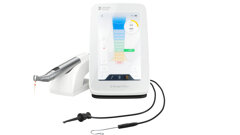
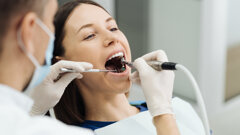
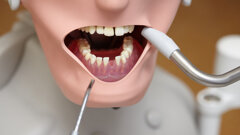
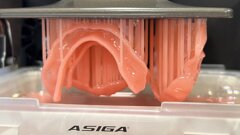








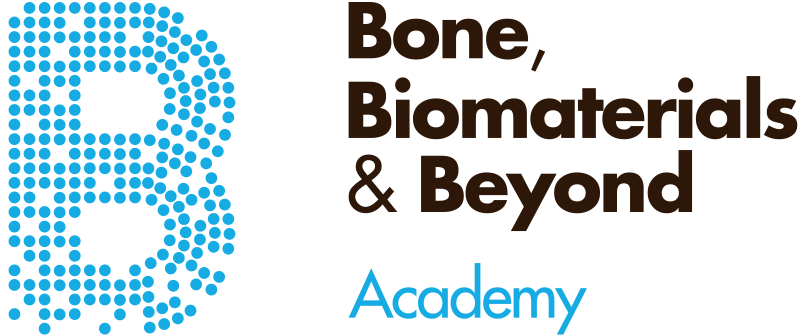









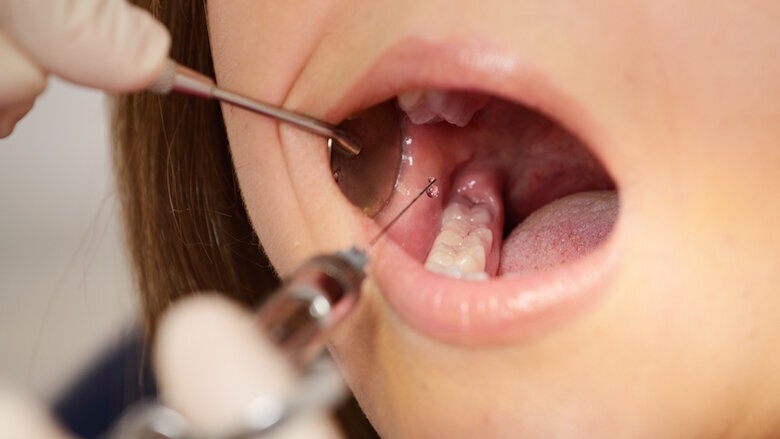



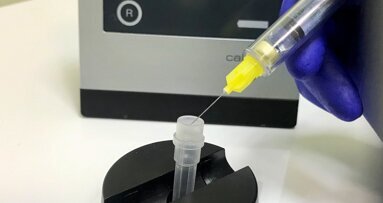
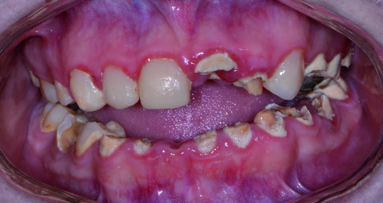


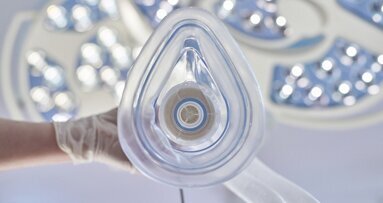


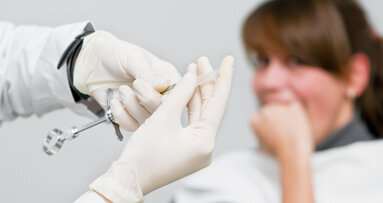
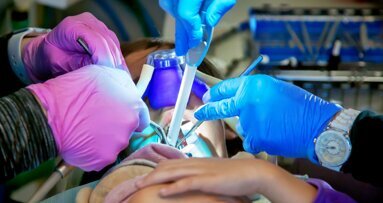
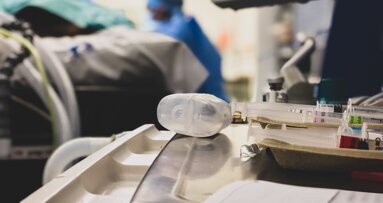











I thank Dr. Aps for his very useful contribution: indeed intraosseous anesthesia is the simple method to achieve profound analgesia in dental anesthesia, as explained.
I want to point out two details:
1- Dr. Charles Cavaroz defended his medical thesis on the 21st of July 1909, not in 1906.
2-In fact, the first French-speaking author dealing with intraosseous anesthesia was Dr. Raymond Nogué in April 1907:
Nogué R. L’anesthésie diploïque. Exposé de la méthode. Technique. Résultats. La Rev Stomatol. 1907;14(4):191–7.
Later Dr. Nogué published the book “Anesthésie” (Nogué R. Traité de stomatologie : Anesthésie. J-B Baillère et fils, Paris, 1912.), in which he allocated no less than 17 pages to intraosseous anesthesia (pages 292 to 328).
Further details can be found in the following paper (in French…):
Collier T, Villette A. 100 ans d’anesthésie diploique, le progrès fait rage! Le Fil Dent. 2008;(34):14–8.
Available in Researchgate:
https://www.researchgate.net/publication/255710728_100_ans_d%27anesthesie_diploique_le_progres_fait_rage_100_years_of_intraosseous_anesthesia_progress_is_raging
Warmest regards.
Dr. Thierry COLLIER